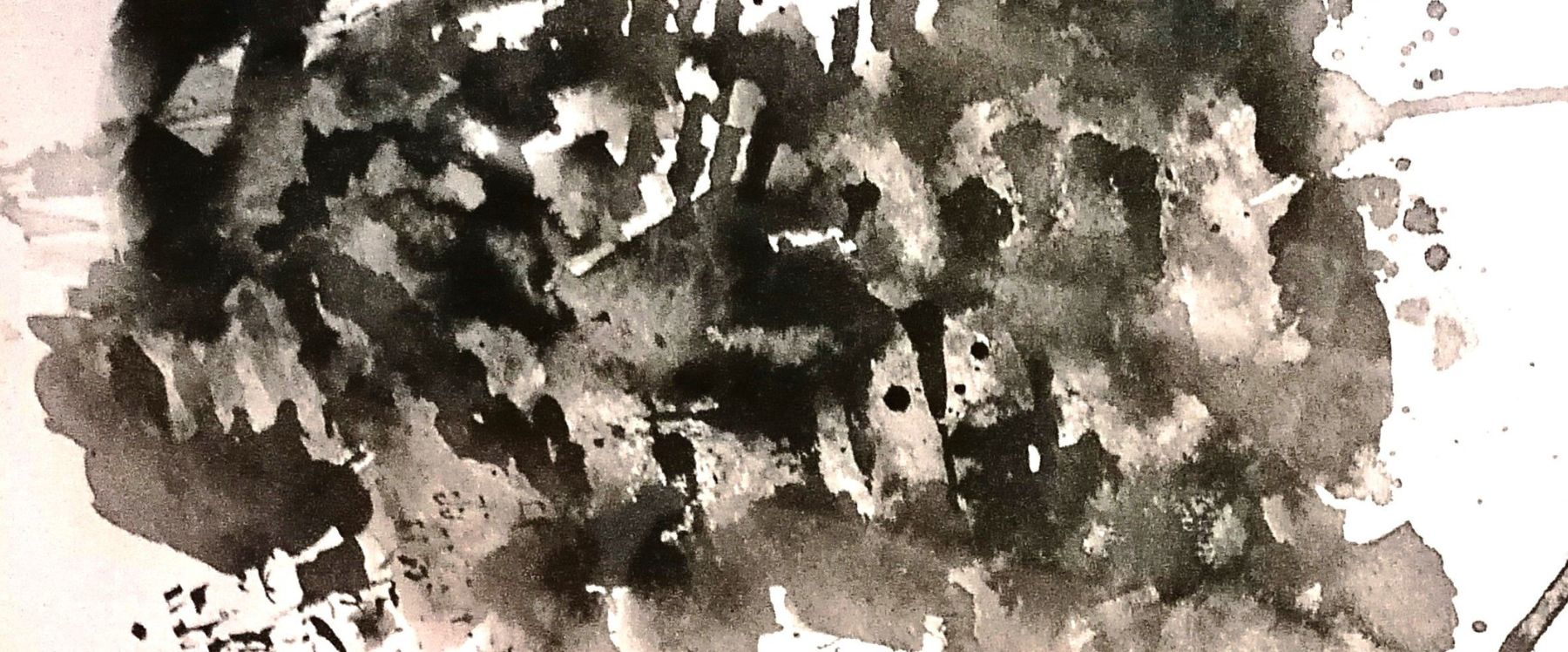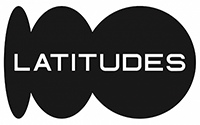Nel Gallery | Awakening

Nel Gallery is pleased to present Awakening.
The first 12 years of my life I spoke and interacted very little with others, while internally still experiencing all the normal human feeling of being a young child. I felt shame, excitement, joy, loneliness from isolation, and sadness, but could not express myself or connect to the people or world outside.
This began a curiosity about the meaning of consciousness and what it really means to be human, how much we instinctively know as people about being human, and how much we might learn about it to improve our quality of life.
One aspect of consciousness is the ability to reflect on your thoughts, to have the instinct to make a decision and then to act on it. Consciousness therefore incorporates a sense of self-awareness, but more importantly, it is the ability to form a will. Consciousness essentially relates to our intentionality, connecting it to our capacity to form a sense of our own individualism. It is the fundamental building block for a person to lead themselves.
The law recognises the importance of intentionality (consciousness) as a requirement for a crime or a delict to be proven, and the absence of intention is the difference between murder and culpable homicide. It follows then that the absence of intention, or the absence of consciousness, places someone outside their own border of control, making them susceptible to be taken advantage of. Recently, with the developments in AI and the launch of programmes such as Chat GPT, this curiosity about what consciousness is was bolstered. From a scientific perspective you might question if artificial intelligence engineered with human intelligence or superhuman intelligence could become sentient and be as human as humans are. But intellect is not consciousness, and there is not even consensus that consciousness arises in the brain. Looked at from another perspective, Freud referred to what he called the iceberg metaphor to describe the two major aspects of human personality. “The tip of the iceberg above the water represents the conscious mind, which is the "tip of the iceberg." Underwater is the much larger bulk of the iceberg, which represents the unconscious. Freud believed that the things that are hidden from awareness exert the greatest influence over our personalities and behaviours.
My exhibition AWAKEN explores this relationship between the conscious and the unconscious mind. The flowers represent the fragility of human consciousness, placed beside metaphors which are references to aspects of my life where I have defaulted into my subconscious, where I should have shown up with a more sharply defined consciousness. The objects I paint are in essence references to times where I have allowed others to encroach on my boundaries or allowed myself to fall in too easily.
The unconscious is depicted also in the style of the painting, which I think of as a dream - a discarded pair of shoes, a hand that reaches, notably it is a dream without the fluidity of completely unrestrained logic, a neatly organised, mish-mash of memories, placing it perhaps between the boundlessness of the surreal and the realm of the conceptual. It is the dream of someone trying to break free. Some of the works are in ink and pencil, a metaphor reflecting erasability or a bendable sense of self, some of the works are inspired by Rorschach – an interactive game that reveals me in creating the pieces, but then reveals the viewer in the interpretation. The colours are black and white, an elementary, opposed way of viewing the world without nuance, in basics and in opposites, interspersed at an interval with colour, evoking luminosity. Some of the works are on found cardboard, a carton of milk, electrolyte restorative packaging, all playing into the conceptuality of the exhibition.
The paintings want to understand our humanity, what our fragile consciousness is, where it comes from, and what we become without it.
The show runs from 25 October - 22 November 2023.
Read More
















